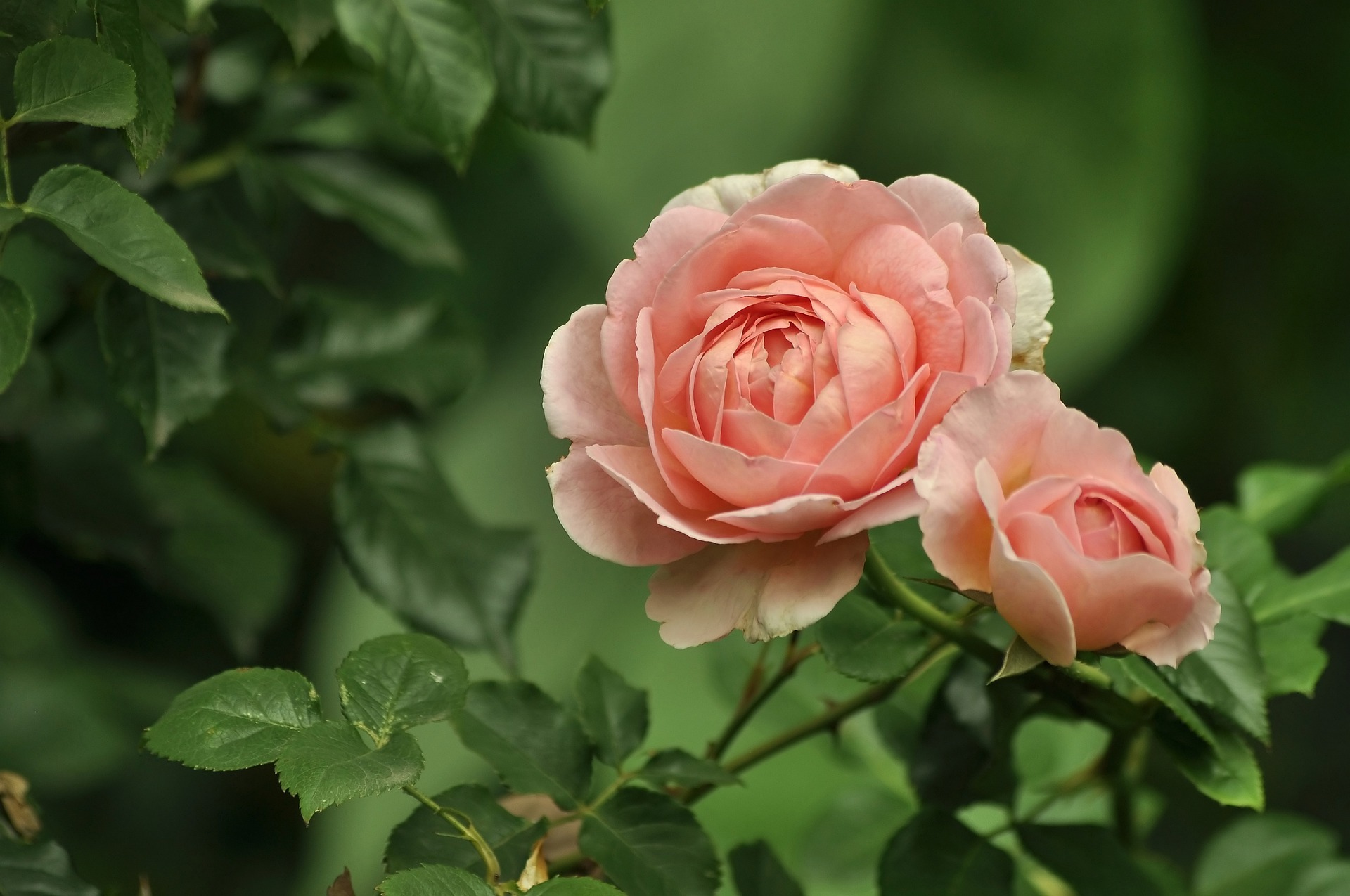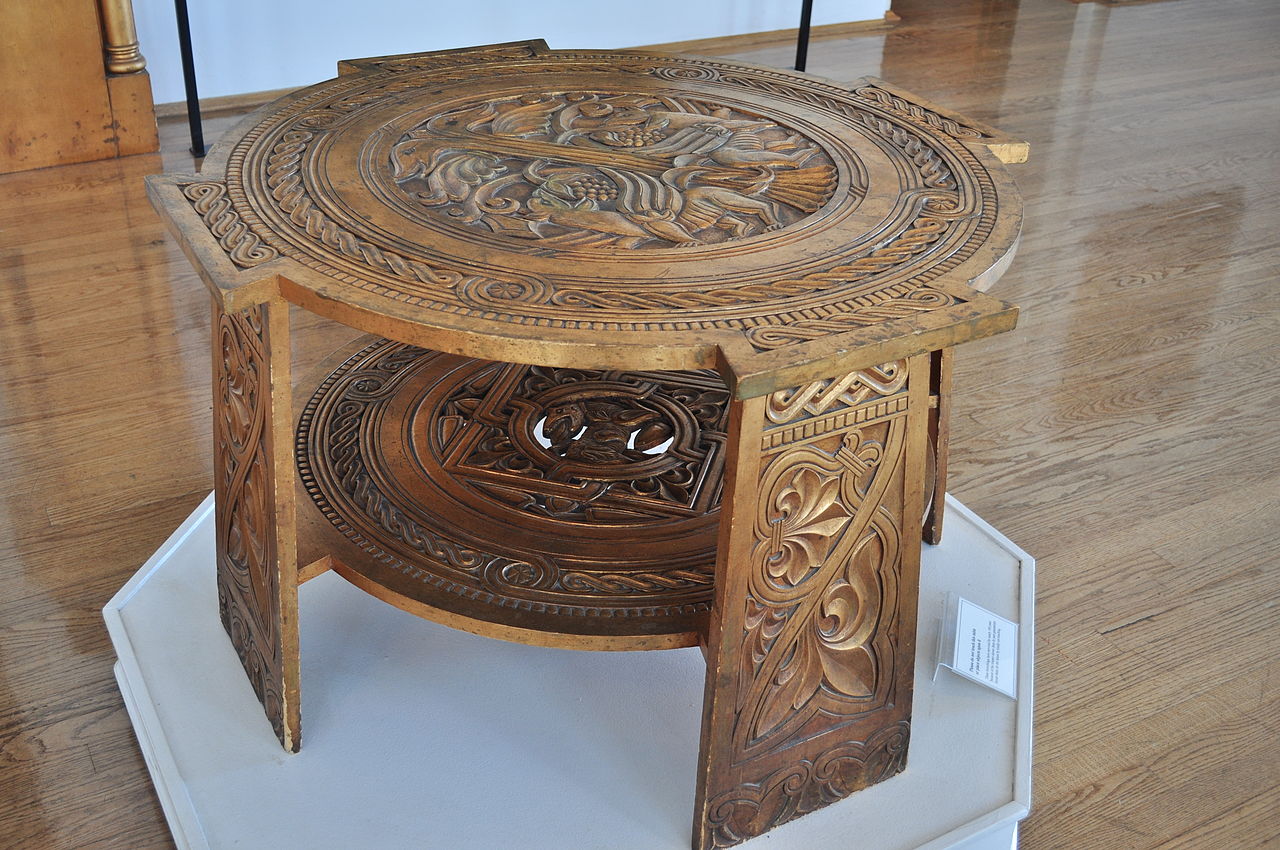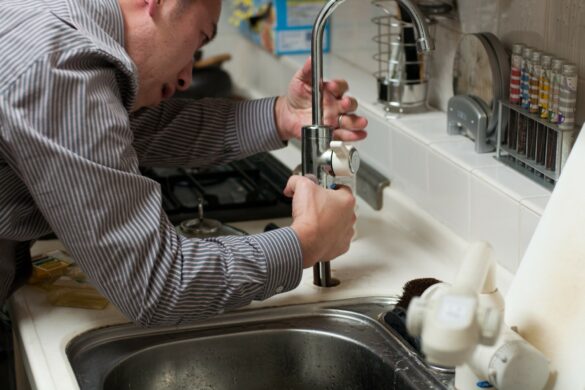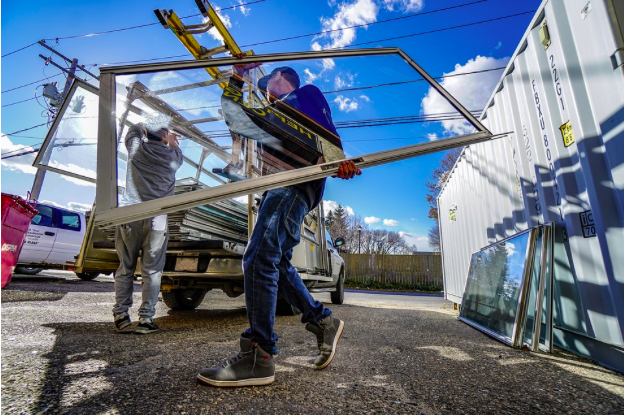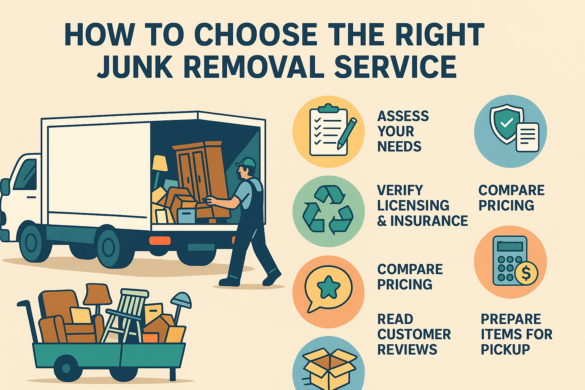Keeping your plumbing in check is very important. Check out this guide to learn the top plumbing maintenance tips for your home.
It’s a myth that having a leaky faucet isn’t that big of a deal. Even a minuscule continuous drip means wasted water.
Just 60 drops per minute wastes over 2,000 gallons of water in a year. It’s also just one of the myriad reasons why plumbing maintenance is so important.
Regular maintenance also means you’ll save more money by not having to call on a plumber. But it’s hard to know what to unless you understand how plumbing works and how to provide your plumbing with regular maintenance.
We want to educate you on how to handle plumbing maintenance in your home. Keep reading to learn our best tips.

Plumbing Maintenance Begins by Learning How Plumbing Works
How does plumbing work? It works by following the lows of nature as it relates to pressure, gravity, and water seeking its own level.
Your plumbing system has two separate subsystems. One brings in freshwater. The other takes out wastewater.
Your Freshwater System
The freshwater system is under pressure that allows it to travel to wherever it’s needed. Even if it needs to travel several stories up.
A meter registers how much water you use. It’s usually located close to the main water shutoff valve. In an emergency, you should always shut off the main water valve to avoid flooding if a pipe bursts.
However, if it’s an emergency plumbing problem having to do with a toilet, tub or sink, you may not need or want to shut off the entire supply of water. Check these fixtures in your home to find where their individual stop valves are located.
Hot and Cold Water
The main water supply provides cold water. If you want hot water, there’s a pipe that carries cold water to your water heater. Once heated, a hot water line takes the heated water to wherever it needs to go.
You’ll notice there’s a thermostat on your heater that maintains whatever temperature you select, though it’s typically kept between 140° degrees F and 160° degrees F.
To save money, keep your hot water heater at 120° degree F.
Your Drainage System
Unlike your supply system, household drainage systems don’t need pressure. Gravity makes sure all the waste is removed to a septic tank or sewage treatment facility as all the pipes angle downward.
While it seems like a simple system, vents, traps, and cleanouts are all required to ensure everything works properly. Without air supply from vents, wastewater wouldn’t properly flow out.
Furthermore, to maintain the efficiency of your drainage system and prevent common problems such as clogs, leaks, or backups, regular maintenance is essential. Professional plumbing services play a crucial role by inspecting your system, addressing potential issues early, and ensuring it operates safely and efficiently.
Daily Maintenance Tips
There are small steps you can do on a daily basis to prevent your drainage plumbing problems. Each room has its own set of maintenance procedures.
Kitchen
Never put grease or oils down your kitchen sink. Even butter can congeal in your pipes and block the water flow.
Also, if you have a garbage disposal, learn what you can and can’t put down there. It’s easy to clog your system just by placing the wrong food scraps down your disposal.
Tips for Maintaining Your Garbage Disposal
If you do have a garbage disposal, follow these simple rules:
- Turn on both the water and your garbage disposal before you add food
- Avoid putting fibrous or stringy food wastes down the disposal
- Let cold water run for 15 seconds after using your disposal
This ensures food wastes are properly flushed down the mainline. To conserve energy and hot water, run your dishwasher at night. Doing so also helps you maintain good water pressure during the day.
Bathroom
Bathrooms are also prone to clogs thanks to your skin, hair, and all the products you use to wash, moisturize and condition your hair and body. Bath oils are especially problematic.
Install screens over your bathroom drain to prevent hair from clogging up your system.
Only flush human waste and toilet paper down your toilet. Anything else will just clog up the system and that includes wipes and tampons. Even if they claim they’re flushable, they’re really not.
Avoid Putting Stress on Your Plumbing System
Try to wait 10 minutes between showers. This will help maintain good water pressure and hot water.
Another smart preventative measure is to add a pressure regulator. This will help your water pressure stay at a safe level.
Weekly Maintenance Tips
Take a quick look at your pipes each week to ensure there are no signs of moisture such as watermarks, puddles of water or a musty smell and mold growth. Test each water faucet in your home by turning them on. No water should come out from the handles or valves.
Make sure all your sinks and shower drains are draining normally. Bubbles appearing while draining means it’s slower than normal. Check you see a full swirl as the water goes down.
Use Hot Water Not Chemicals to Clear Drains
Run hot water down your drains once a week to clear out any clogs. Avoid using chemical clog removal products. These often cause more harm than good.
Clean the lint traps on your washing machine after each use.
Clean Your Showerhead
Even your showerhead can get clogged. At least once every four months you should clean it out.
You can clean out the outlet and inlet holes using a thin wire. Then soak your showerhead in white vinegar to remove any mineral deposits.
Let it stand overnight and then wipe off any mineral deposits by using a damp cloth.
Checking Your Toilet for Leaks
Check the water level in your toilet’s tank to ensure there’s no overflow in the overflow pipe. The overflow pipe is the middle pipe with a small piece of tubing connected to it.
If it is overflowing, adjust the fill valve until the water stops one inch below the top of the overflow tube. You may have a water level mark on the side of the tank.
Food Coloring Helps You Test for Leaks
Next, place a few drops of food coloring into the tank to test the flush valve mechanism is working correctly. Wait 15 minutes and then check it.
If you notice the water in your toilet bowl has changed color, you’ll know either the ball or flapper is leaking. They will need to be replaced.
Hot Water Heater Maintenance Tips
During colder months, your hot water heater works harder to keep your water hot. If it hasn’t been inspected in a while, it’s a good idea to search for “heater service near me” and schedule a professional maintenance check. At least twice a year, flush out your water heater to remove sediment that builds up over time.
The sediment is what causes corrosion. It also shortens the lifespan of your water heater and reduces its efficiency.
Either annually or semi-annually, drain your water heater to remove sediment. Check inside the burner chamber for flakes of rust.
Check the Flame and Hoses
Make sure the flame of your water heater is only blue. If you see it’s yellow, it may mean the jets need cleaning.
Look at the hoses for signs of leaking, brittleness or cracks. If you do spot any of these signs, replace the hoses.
Testing the Water Heater Pressure Release Valve
By lifting the lever and allowing it to snap back, you can test the water heater’s pressure release valve. However, if your water heater is five years old or older, consult with a plumber. You could cause a leak.
If it’s less than five years old, if the valve allows a burst of hot water into the drainpipe, it’s working properly.
How to Prevent Frozen Pipes
Cold weather can lead to pipes bursting. To avoid this costly problem you should continue heating your entire home. Your pipes will stay warm as warm air circulates throughout your entire home.
Keep your cabinet doors open near your plumbing systems. This allows warm air to reach your pipes.
Keep your water on a slow trickle from each faucet when temperatures drop considerably.
Winter Maintenance Tips
Run water from each valve in your home at regular intervals during the winter. This prevents them from freezing.
Eliminate drafts in your home. You’ll save money on heating costs as well. Don’t forget to check areas near your water supplies.
You can also insulate your hot and cold water pipes. Pipes located in crawl spaces and in your basement are particularly prone to freezing.
How to Handle Frozen Pipes
If your pipes do freeze, begin by turning off the water at the shutoff valve. As your pipes thaw, leave on the faucet to relieve pressure.
You can use a heat gun or hairdryer to thaw frozen pipes. However, never use a torch or other type of open flame to thaw out your frozen pipes.
If you find your pipes have burst or cracked, call a plumber. They need to be replaced.
Outdoor Maintenance
It’s not just your indoor plumbing that requires regular maintenance. Check the outside of your home as well.
Clear out your gutters from any debris, especially in the spring and fall months. You want to make sure water drains easily during the winter and summer months.
Check Sump Pumps and Septic Systems
If you have a sump pump, clean it and the pit and then inspect them before cold winter comes. Otherwise, they can freeze and stop working.
If you have a septic system, have it cleaned and inspected at least once a year. You should also keep track of stoppages and times between them.
Get More Tips on Home Maintenance
Plumbing maintenance isn’t the only thing you need to pay attention to as a homeowner. Keeping your home in tiptop shape means spending less money on repairs.
We can help with that. Check out the rest of our blog for more tips on home maintenance.
